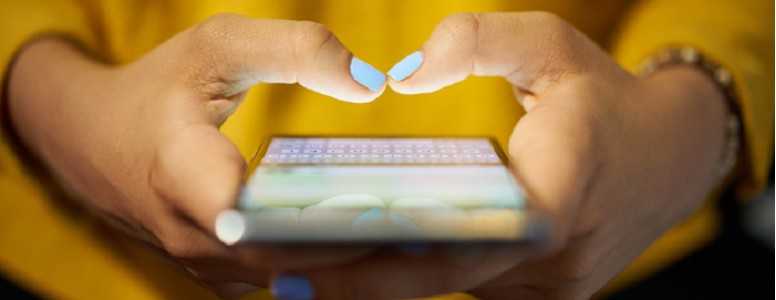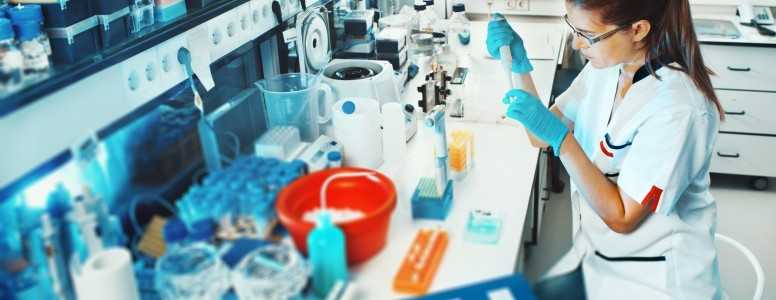Speech recognition could help people with type 1 diabetes achieve better blood glucose levels after meals, according to new findings.
A Polish study showed that people with type 1 diabetes on insulin pump therapy who used an automatic bolus calculator that recognised voice descriptions of meals had improved postprandial blood sugars.
The VoiceDiab system comprises an Android-system smartphone with an app that communicates with three servers. These servers combine to create automatic speech recognitio, text analysis and insulin dosage calculation.
The servers follow an algorithm that transforms verbal descriptions of meal into text; analyses the descriptions to deduce amounts of carbohydrate, protein and fat; then calculates the insulin dose required.
The algorithm takes advantage of the Polish system which combines carbohydrate with counting of protein and fats to achieve better control of blood sugar levels than carb counting alone. The WBT (wymienniki bialkowo-tluszczowe, which means protein-fat exchanges) system has been developed by one of the researchers, professor Ewa Pankowska.
“The primary reasons for the use of software applications in bolus calculation are technological opportunities and the reduction of errors in dose calculation by patients using bolus calculators,” explains Piotr Foltynskin, PhD, of the Nalecz Institute of Biocybernetics and Biomedical Engineering at the Polish Academy of Sciences in Warsaw.
“Low numeracy is associated with poor diabetes control; therefore, the use of bolus advisors may bring benefits to the patients.”
In a study conducted between March 2015 and January 2016, 44 adults with type 1 diabetes treated with an insulin pump were randomised to either use the VoiceDiab system or not. The, after a 14-day break, they switched groups.
The VoiceDiab speech recognition group experienced better post-meal blood sugar levels compared to the non-support group, and no increased incidences of hypoglycemia or hyperglycemia were observed.
“The VoiceDiab system allows improving postprandial glucose control without increasing the time of hyper or hypoglycemia, and therefore, it seems to be a promising tool for use by patients with diabetes treated with insulin,” concluded the authors.
The findings have been published in the Journal of Diabetes.
What's new on the forum? ⭐️
Get our free newsletters
Stay up to date with the latest news, research and breakthroughs.






